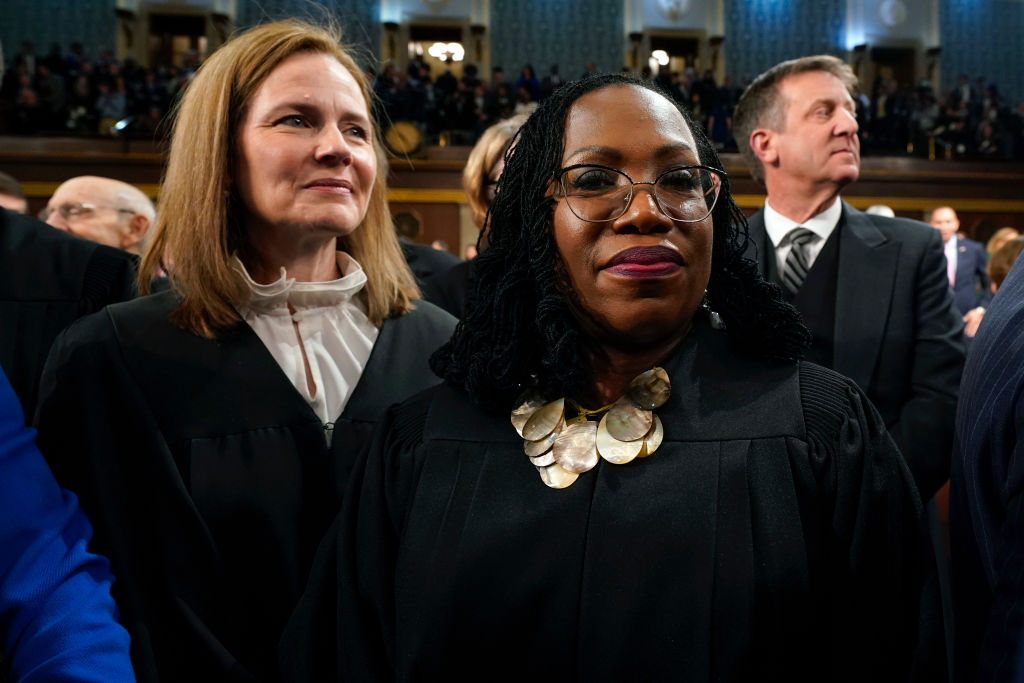The 2022 midterm election was supposed to be a red wave. Instead, it turned out to be a night of razor-thin victories for Republicans, disappointment for many Donald Trump-backed candidates and a sigh of relief from Democrats. It was nothing approaching the wave some polling suggested. And it raises fundamental questions about the direction of the GOP in an era of party factionalism.
There are two fundamentals that consistently indicate the outcomes of most midterms: the approval rating of the president and the right track/wrong track question on the direction of the United States. Both indicators strongly showed a Republican wave was imminent, leading the overwhelming majority of prognosticators — myself included — to conclude that a major House sweep was incoming. The Senate map was more questionable, with Republicans having to defend the seats of several retiring members and a swathe of politically inexperienced outsider candidates winning nominations. But still, those fundamentals — paired with strong gubernatorial performances — looked likely to pull the new runners across the finish line.
It became clear early on that the tsunami was out of the question. Three races in Virginia — in the 2nd, 7th, and 10th districts — turned out to be accurate indicators of the overall results. If the GOP won the 2nd, it would indicate they could take the House; the 7th, and it would be a wave; the 10th, and it would be time to nail the windows shut. The 2nd came through — but that was it, despite the best efforts of House Leader Kevin McCarthy and the popular Governor Glenn Youngkin.
What followed was more disappointment. The New Hampshire Senate race, which had been closing for weeks and was predicted as a Republican pickup by multiple prognosticators and RealClearPolitics polling averages, turned out to be an easy win for Democrats. And then it became apparent that Georgia, Ohio and Pennsylvania were all too close to call. Ohio would ultimately prove fine for J.D. Vance, but Georgia is effectively tied — and the big shock came with John Fetterman’s win in the Keystone State. After all that, the most expensive Senate race in the history of America ended up electing someone who has difficulty even communicating.
It’s one thing for a political newbie to disappoint against a talented incumbent in a statewide race — think Tudor Dixon failing in her run against incumbent Michigan governor Gretchen Whitmer — but it’s another to fail in open contests where both candidates receive massive endorsements, money and national attention. In Pennsylvania, it turns out that when running for office, it helps to live in the state.
The night was not all bad for Republicans. They picked up several seats on the strength of Ron DeSantis’s performance in Florida and Lee Zeldin’s overperformance as a candidate in New York — and their path to a majority at this writing seems clear. But it may just be a matter of flipping numbers: they could end up with the same single-digit bare majority for McCarthy that Nancy Pelosi managed for the past Congress. Perhaps she’ll stick around instead of retiring after all.
Republicans have effectively earned the ability to block things. But that’s all. So the overall takeaway for their congressional strategy ought to be to behave like they’re still in the minority — they might as well be. Blocking things is about all they will be good for. And for the Senate, the possibility of a leadership fight seems far away now despite internal tensions and animosity between Mitch McConnell on one side and Donald Trump and Rick Scott on the other.
It seems highly likely that Democrats will attempt to spin this election as having changed away from the fundamentals because of abortion. But pro-life governors and Senate candidates won all over the place. What’s more believable is that the abortion issue increased turnout among young people, particularly young women, in a way that blunted the fundamentals. In other words, abortion isn’t enough to win Democrats many seats, but it does allow them to better defend what they have. Abortion couldn’t save Stacey Abrams, Tim Ryan, Beto O’Rourke or Val Demings. But it may have helped them hold on to more House seats than expected. And that’s a problem for pro-lifers to solve.
I was asked at the end of our Fox News coverage, past the 2 a.m. mark in New York, about the final lesson to take away from the night. My answer was to consider two concepts: populism and normalcy. The nation clearly wants a more populist conservative agenda, that’s not wrong — Ron DeSantis and a number of under candidates who won easily exemplify this. But they also want something else: a sense of seriousness and normalcy, not chaos. The Trumpian candidates for the Senate were often more chaotic than serious and sensible. That’s a simplistic level of analysis, but also true. It also raises questions about that incoming announcement on November 15. Will it still go off as planned?
Americans long for calm and normalcy more than they want to burn things down. They want to trust things will work again — and can be made to work. Republicans did a bad job of convincing them they could do this. If they had done that job better, they would have won by more.
I am fond of an old G.K. Chesterton quote: “It is the mark of our whole modern history that the masses are kept quiet with a fight. They are kept quiet by the fight because it is a sham-fight; thus most of us know by this time that the Party System has been popular only in the sense that a football match is popular.”
I am of the opinion that for most of our American history, this observation is true. Except: not any more.

























